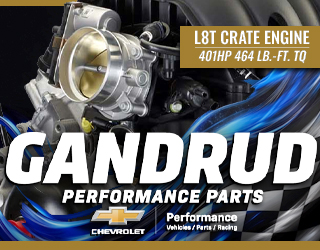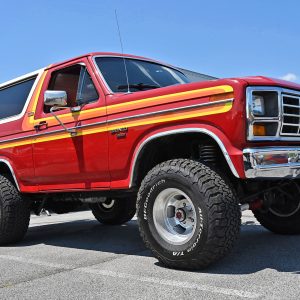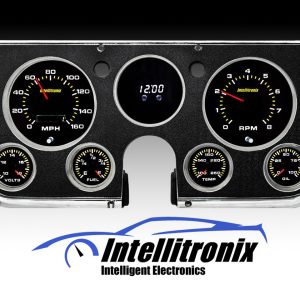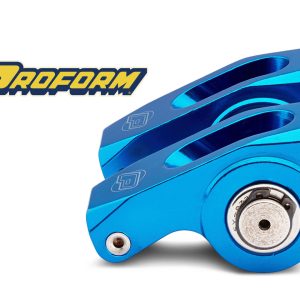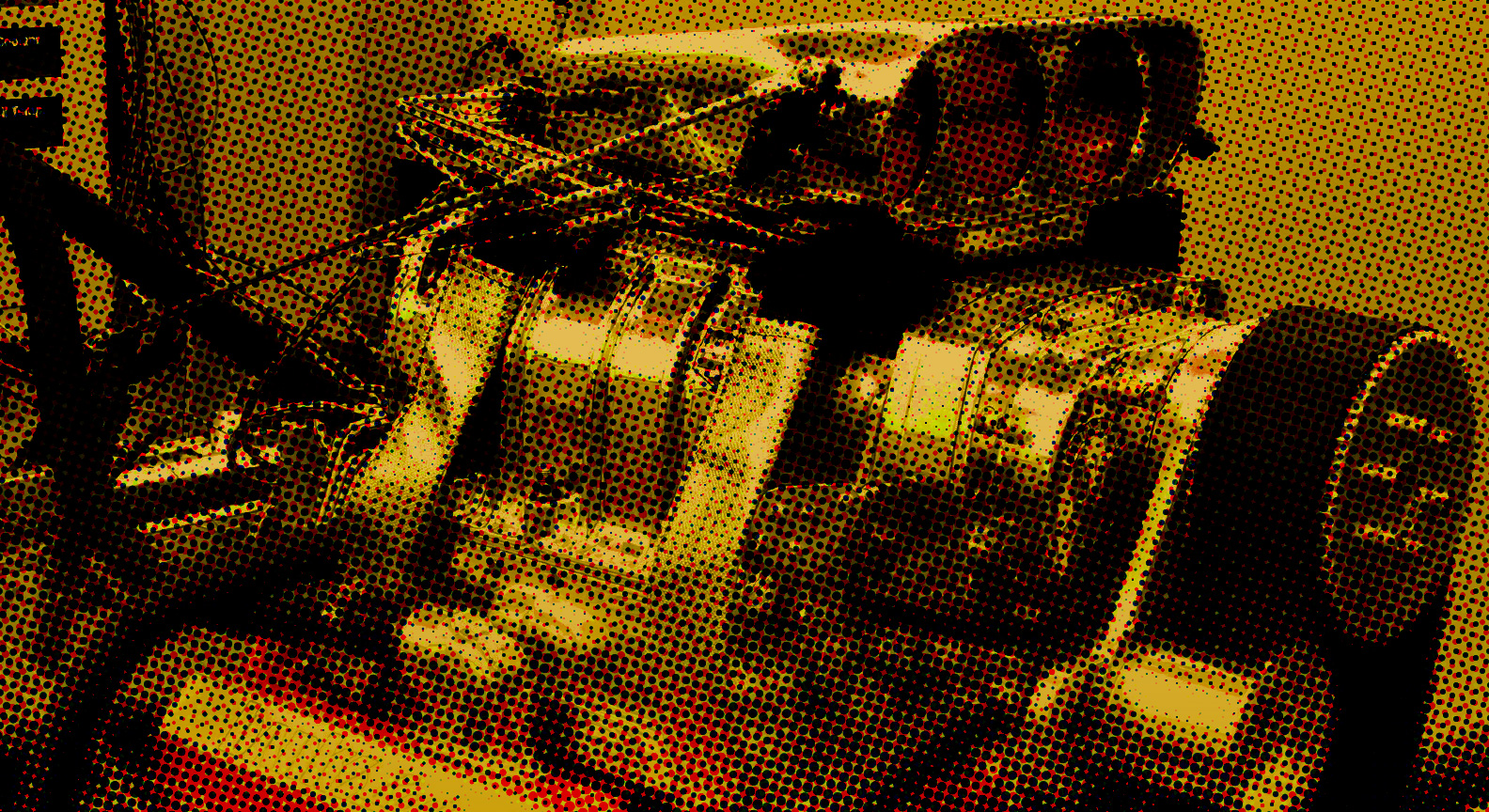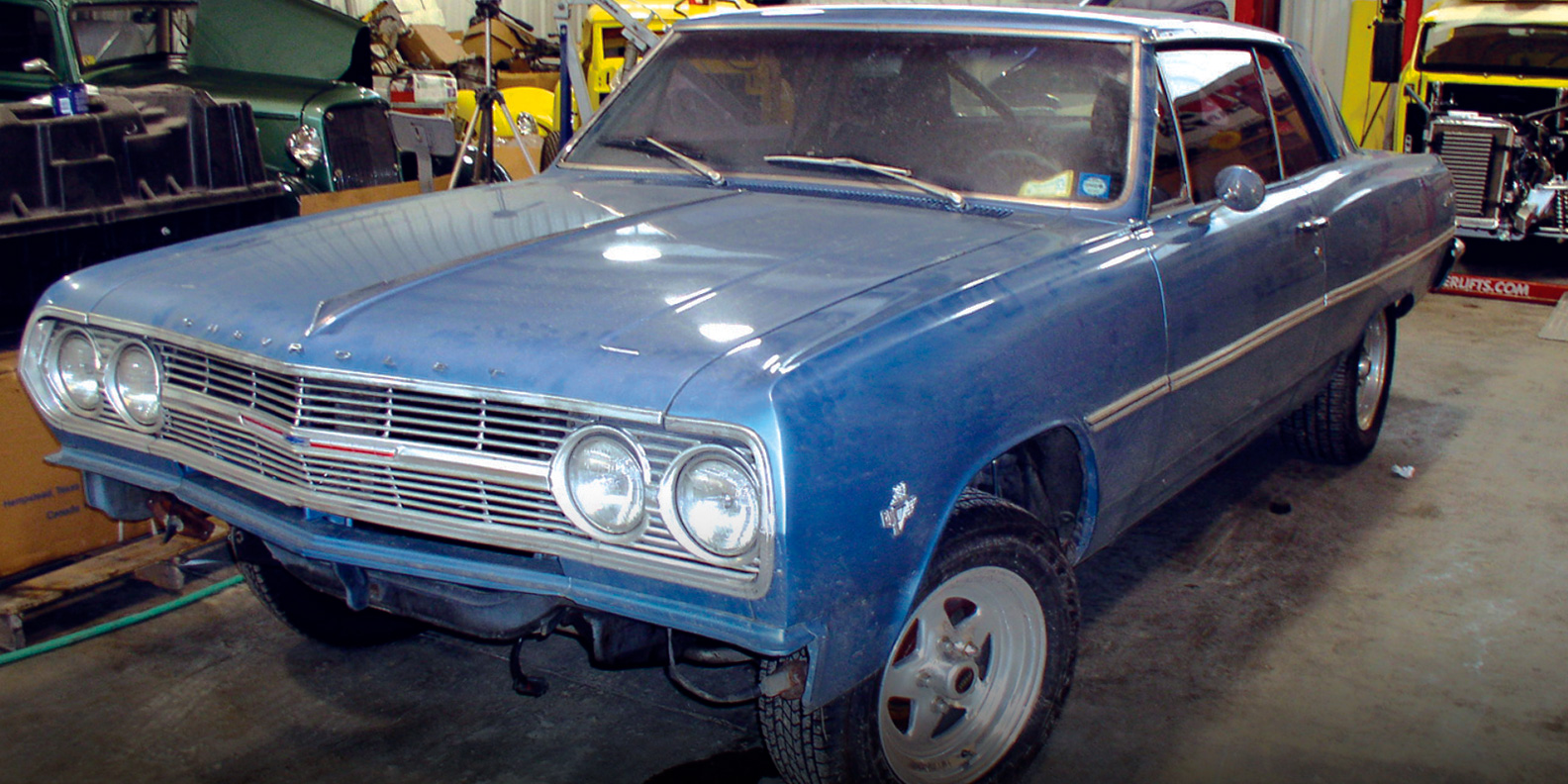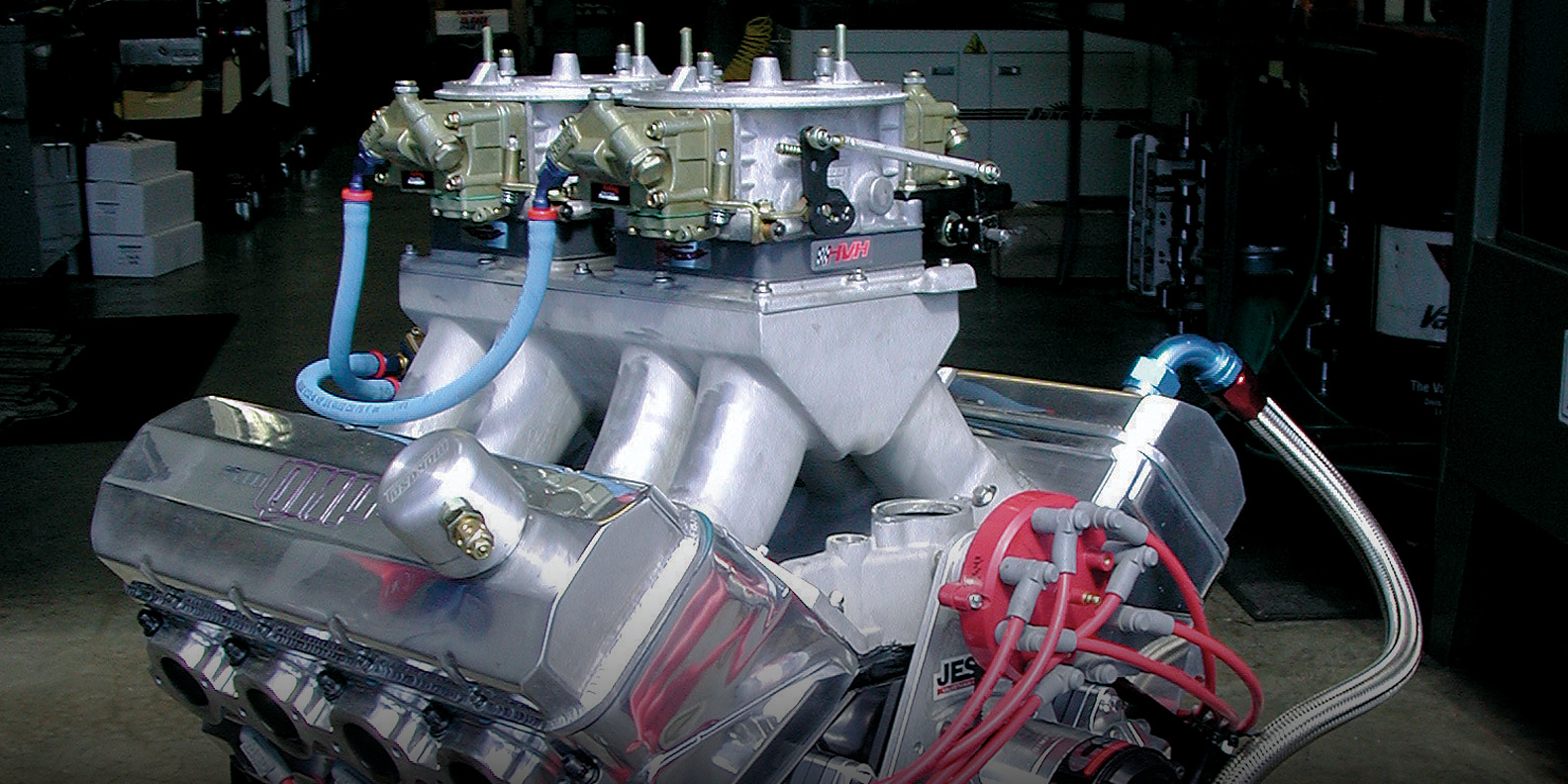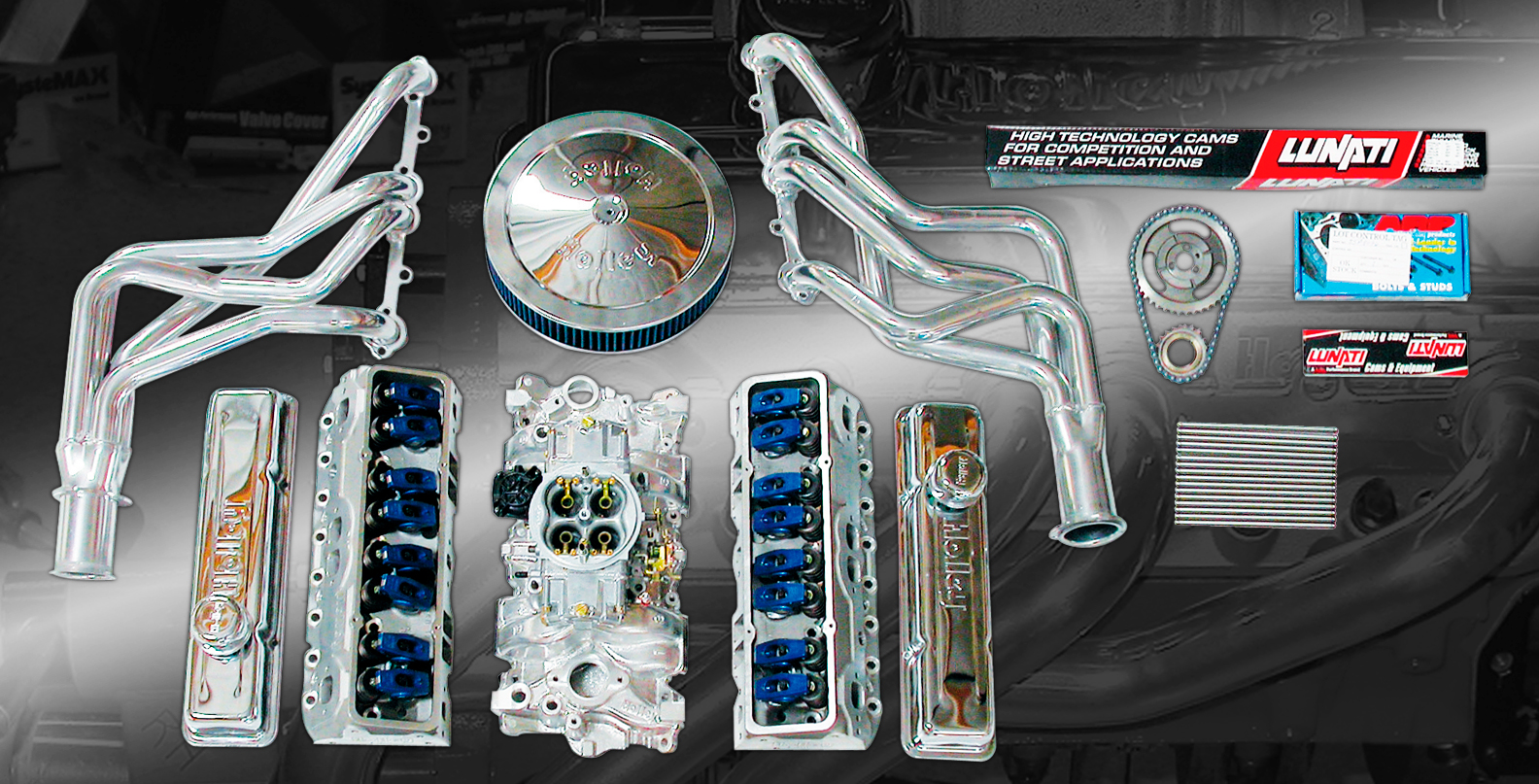Drag Race
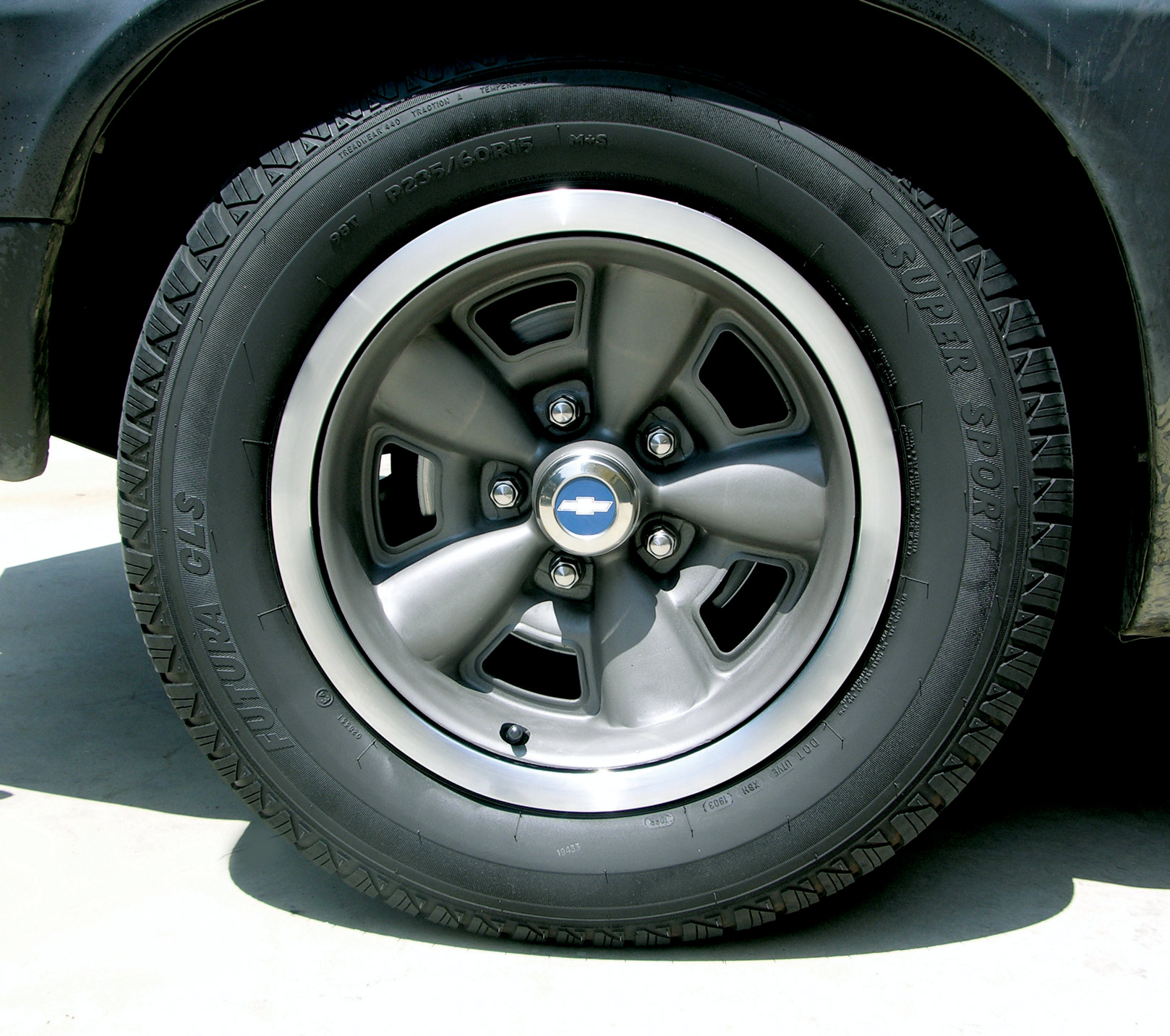
Wheel choice is probably the single biggest factor in determining the direction of your project. Just as the thought of installing stock steel wheels on anything other than a restoration seems absurd, the idea of installing race-styled wheels on a restoration may be just as absurd. Or is it?
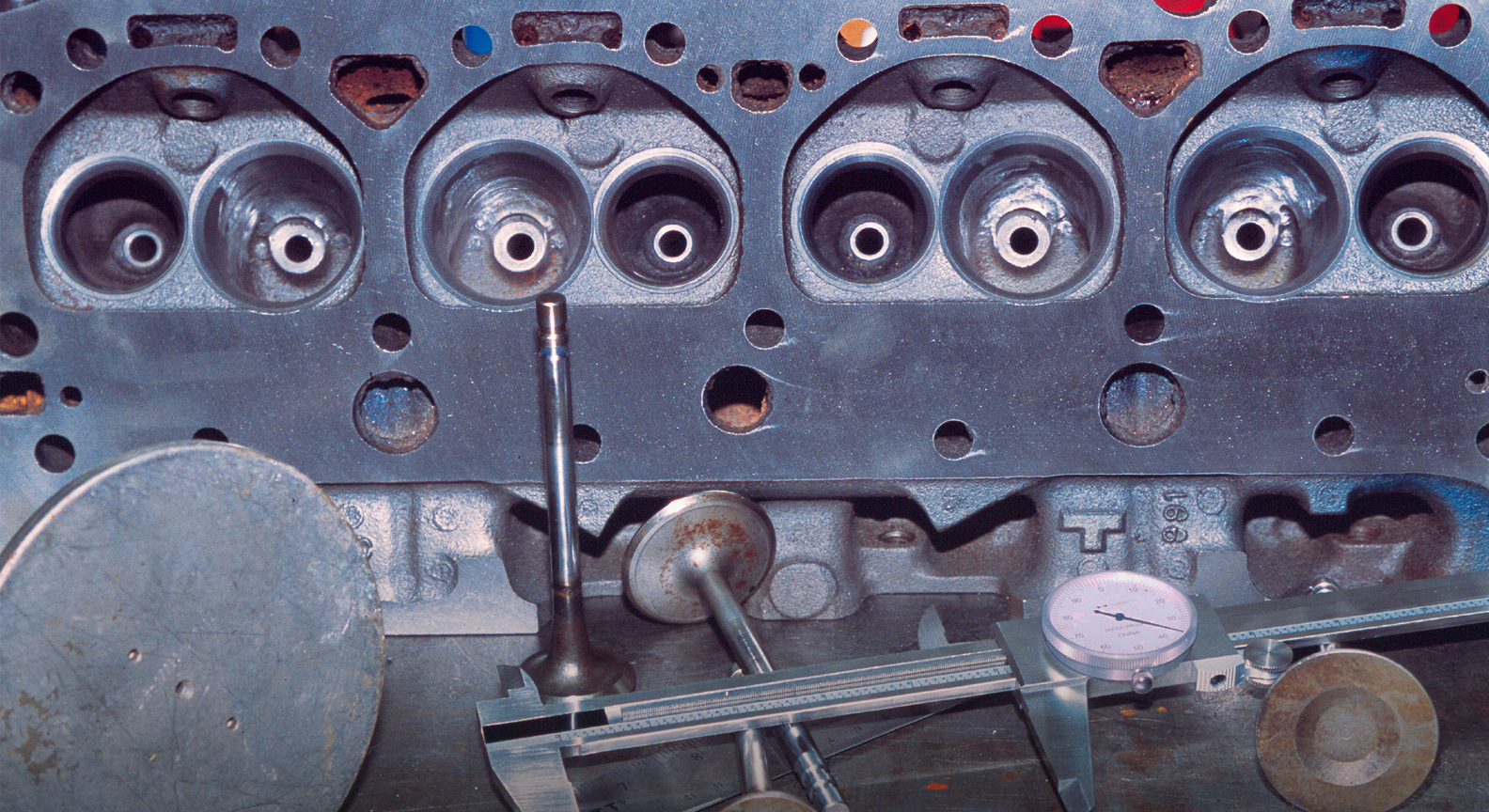
You can’t throw a stone these days without hitting an aftermarket aluminum cylinder head. They perform as good or better than anything the factories put out, and then some. They are much lighter than iron heads, and they’re now extremely affordable. Thanks to competition in the aftermarket, it could easily be said that for the performance and price benefits of a new set of aluminum heads, why would anyone bother refurbishing a set of iron castings?
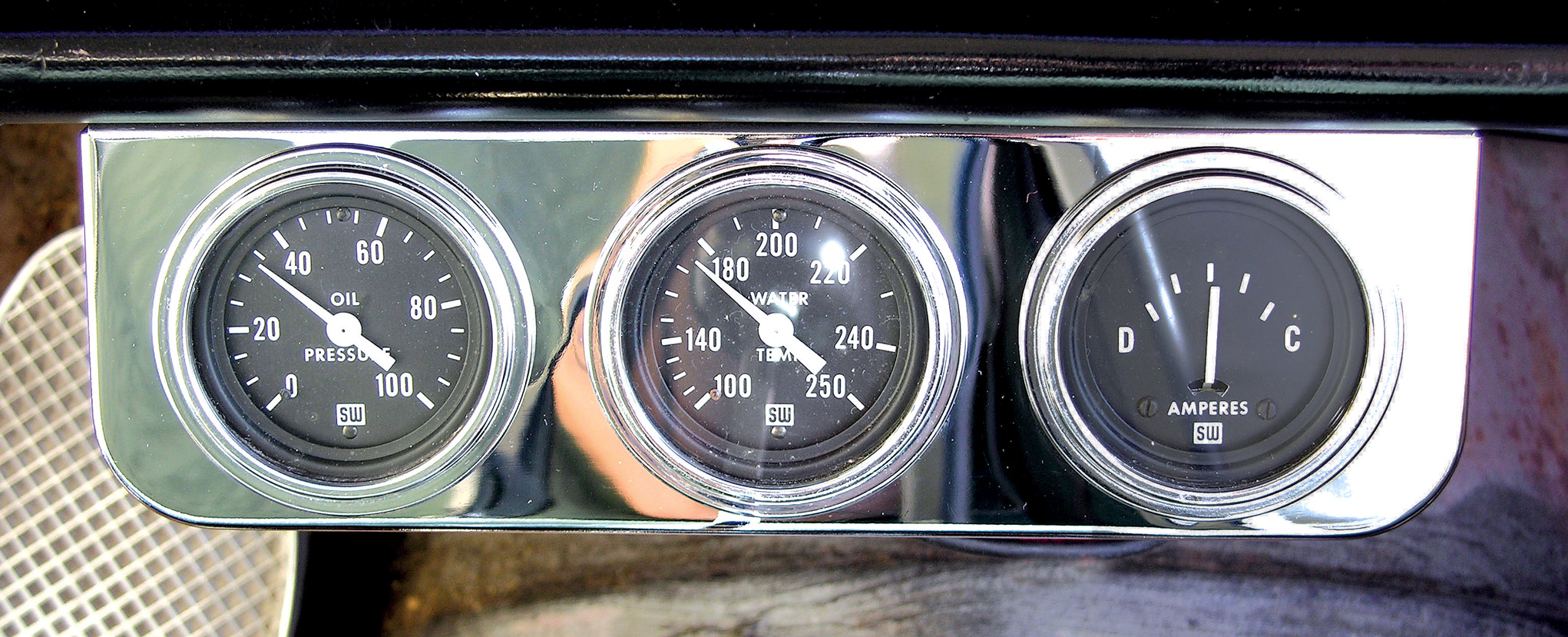
All of your hard work and efforts could go up in smoke before you have a chance to do anything about it. That is, unless you have a quality set of gauges to monitor initial and ongoing engine parameters. Gauges allow you to know exactly what is going on within your engine at a glance. Is the oil pressure too low? Is the engine running hot? Is the battery charging?
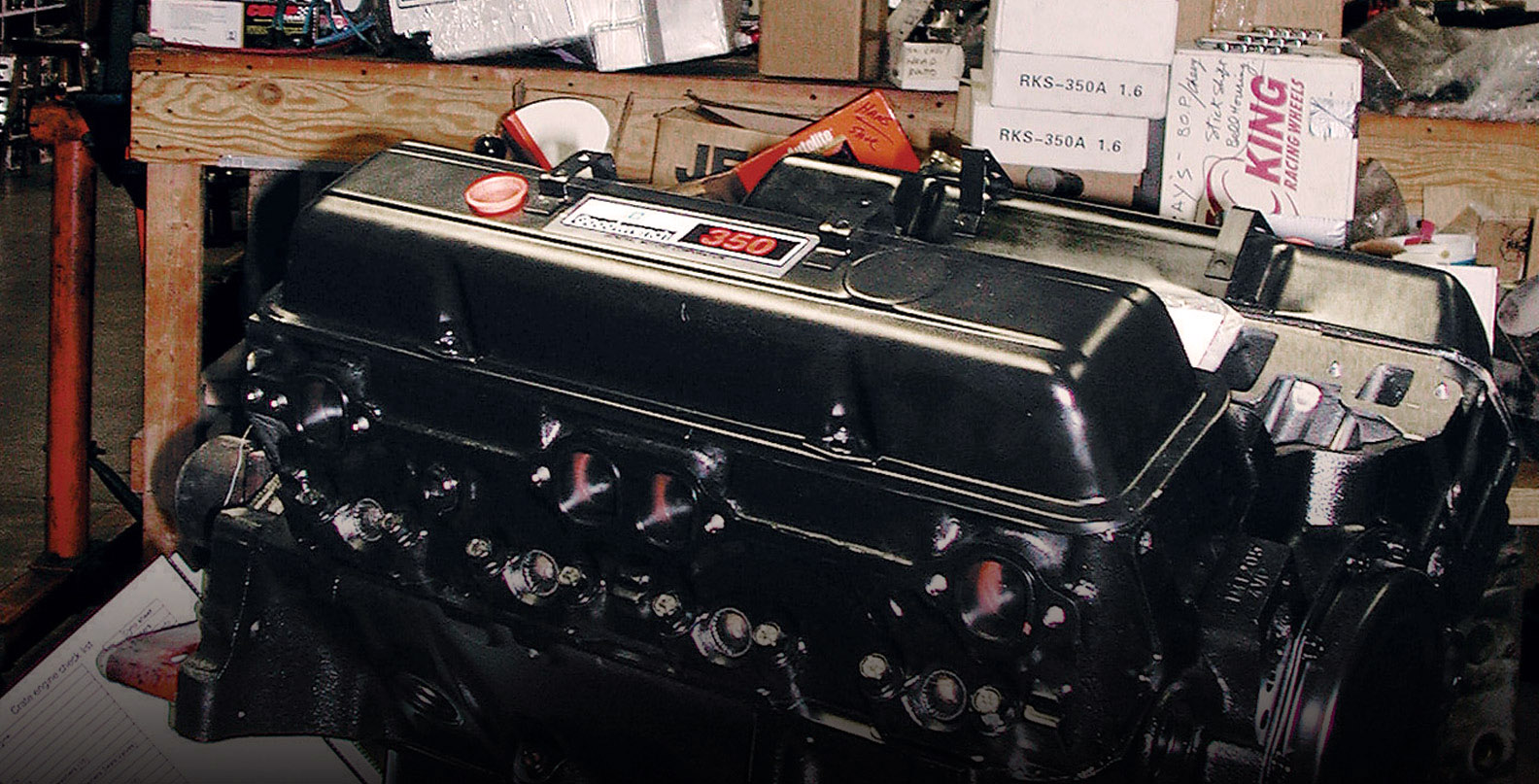
Some Years Ago, Chevrolet Began Lowering Engine Compression (To 8.50:1) In An Effort To Meet Tailpipe Emissions Numbers. It Also Retarded Camshaft Timing In An Effort To Lower NOX (Nitrides Of Oxygen/Unburned Particulates). By 1974, Horsepower, Torque And Overall Engine Efficiency Had Dropped Some 30 Percent To 50 Percent. Chevy’s RPO L48 And LM1 350 Small-Block V-8s Then Got A Flow-Restrictive Catalytic Converter In 1975, And Finally In 1985, A New Monolith Catalytic Converter, As Well As Direct-Port Fuel Injection And Improved Camshaft Timing, Boosted Horsepower, Torque And Engine Efficiency.







